Apple made considerable upgrades to the iPhone 14 Pro while making fewer than usual to the iPhone 14. Here's how the two similar-sized flagship iPhone models differ.
Apple's bold strategy for its 2022 iPhones was a significant departure from the usual annual update. As expected, the iPhone 14 Pro range received a lot of changes, but Apple's iPhone 14 changes were more muted.
Indeed, it seems that the iPhone 14's upgrade was far lower than usual, but one that also increased the already sizable specifications gap between the non-Pro and Pro variants.
AppleInsider has already put the specification sheets of the iPhone 14 Plus and iPhone 14 Pro Max against each other. Now is the turn of the smaller models, the iPhone 14 and the iPhone 14 Pro.
Specifications
| Specifications | iPhone 14 | iPhone 14 Pro |
|---|---|---|
| Price (starting) | $799 | $999 |
| Dimensions (inches) | 5.78 x 2.82 x 0.31 | 5.81 x 2.81 x 0.31 |
| Weight (ounces) | 6.07 | 7.27 |
| Processor | A15 Bionic | A16 Bionic |
| Storage | 128GB, 256GB, 512GB | 128GB, 256GB, 512GB, 1TB |
| Display type | 6.1-inch Super Retina XDR | 6.1-inch Super Retina XDR, ProMotion, always-on display |
| Resolution | 2,532 x 1,170 at 460ppi | 2,556 x 1,179 at 460ppi |
| True Tone | Yes | Yes |
| Biometrics | Face ID | Face ID |
| Connectivity | 5G (Sub-6GHz and mmWave) Gigabit-class LTE Wi-Fi 6 Bluetooth 5.3 Satellite Communications | 5G (Sub-6GHz and mmWave) Gigabit-class LTE Wi-Fi 6 Bluetooth 5.3 Satellite Communications |
| Rear Cameras | 12MP Main 12MP Ultra Wide | 48MP Main 12MP Ultra Wide 12MP Telephoto |
| Video | 4K 60fps, 4K 60fps HDR with Dolby Vision, 1080p 240fps Slo-Mo Cinematic Mode, Action Mode | 4K 60fps, 4K 60fps HDR with Dolby Vision, 1080p 240fps Slo-Mo ProRes 4K 30fps, Cinematic Mode, Action Mode |
| Front Camera | 12MP TrueDepth with Autofocus | 12MP TrueDepth with Autofocus |
| Battery Size (Video playback time) | Up to 20 hours | Up to 23 hours |
| Colors | Midnight, Starlight, Blue, Purple, (Product)Red | Space Black, Gold, Silver, Deep Purple |
iPhone 14 vs iPhone 14 Pro - Physical Dimensions
While both devices are billed as 6.1-inch smartphones, they aren't the same size.
At 5.81 inches long, the iPhone 14 Pro is a hair taller than the 5.78-inch iPhone 14. The roles are reversed for width, with the iPhone 14 bigger at 2.82 to 2.81 inches. These are minute differences, and won't be noticed by the user.
Both units are 0.31 inches thick.
On to weight, the iPhone 14 Pro is a fair bit heavier at 7.27 ounces versus the 6.07-ounce iPhone 14.
iPhone 14 vs iPhone 14 Pro - Displays
The first major departure between the models is the screen. Both sport a 6.1-inch Super Retina XDR OLED display with HDR support, complete with an equal 2 million:1 contrast ratio, Wide Color (P3) support, True Tone, and Haptic Touch, but beyond that, things differ.
For a start, the iPhone 14 Pro's display is an always-on design, so you will see the time and date and whatever widgets you put on the Lock Screen when the iPhone isn't being actively used. There's no need to wake the iPhone 14 Pro to see these glanceable details, unlike the iPhone 14.
Despite being the same size on paper, there is a marginal resolution difference. The iPhone 14 has a 2,532 by 1,170 screen, while the iPhone 14 Pro goes to 2,556 by 1,179.
Even though the resolutions are slightly different, the pixel densities remain the same at 460 pixels per inch.
The Pro display is also a lot brighter, at 1,000 nits of typical maximum brightness against 800 nits for the iPhone 14. Peak brightness for HDR content is also higher on the Pro at 1,600 nits to 1,200 nits, and the Pro even manages 2,000 nits when used outdoors.
The iPhone 14 Pro display also benefits from a few select features beyond being always on. It has ProMotion adaptive refresh rates that can vary up to 120Hz depending on the viewed content, while the iPhone 14 sticks to the standard 60Hz.
Then there's the iPhone 14 notch, which holds the TrueDepth camera array. In a bid to hide the new smaller cutouts in the iPhone 14 Pro, the display instead uses what is referred to as Dynamic Island.
Instead of using a static notch, Dynamic Island is a UI feature that can expand and contract to show notification updates, media controls, and other details on the fly. The design of Dynamic Island uses a black background but also does a lot to try and mask the existence of the cutouts in the first place.
This is quite a smart move on Apple's front, as it effectively replaces an often-criticized static black segment of the display with a moving mass that distracts users from the crucial bits Apple wants to hide.
iPhone 14 vs iPhone 14 Pro - Cameras
The iPhone 14 has the typical 12-megapixel camera setup, consisting of a Wide camera now known as the "Main" camera, and an Ultra Wide shooter, complete with Sensor-Shift optical image stabilization. While there were a few aperture changes and a larger sensor to improve low-light performance, Apple didn't do that much to the hardware.
Already at an advantage with an additional 12-megapixel Telephoto camera, the triple arrangement of the Pro model also benefits from Apple's decision to finally upgrade the camera sensor resolution. At least for one of them.
The Main camera now uses a 48-megapixel quad-pixel sensor, which groups similar-color pixels into sets of four. This arrangement allows the camera to shoot 48-megapixel images and make each quad act as a single large pixel to increase low-light capture for a 12-megapixel image.
Given the addition of the third sensor, the iPhone 14 Pro has the broadest optical zoom range at 6x, going from a 3x optical zoom in to a 2x optical zoom out, while the iPhone 14 can do a 2x optical zoom out. Both models also have digital zoom, with the iPhone 14 managing up to 5x and the Pro up to 15x.
The LiDAR sensor also returns, again, in the Pro model.
Both benefit from features like Deep Fusion, the Photonic Engine that puts the Deep Fusion smarts earlier in the processing pipeline to increase data retention, Photographic Styles, Night Mode, and Portrait Mode with Portrait Lighting.
The Pro also gets Night Mode Portraits, Macro, and support or Apple ProRAW.
On to video, both smartphones can manage a 4K video at up to 60fps with HDR, though Cinematic Mode tops out at 4K HDR at 30fps. Sensor Shift OIS, Audio Zoom, QuickTake Video, 1080p Slo-mo to 240fps, and Time-Lapse modes are also present on both models.
They also share a new Action Mode, which adds a massive amount of stabilization for footage, seemingly at the same level as using a gimbal.
The differences in video are the same as in 2021, with the Pro supporting ProRes 4K at up to 30fps in the 256GB models and higher, 1080p for the 128GB version. There's also Macro video recording support, including both Slo-mo and Time-Lapse.
Around the front, the TrueDepth camera is still a 12-megapixel shooter but with an improved f/1.9 aperture for better low-light performance. There's also autofocus this time, appearing on both models.
The features of the TrueDepth camera are the same across the board, including Photonic Engine and Deep Fusion, Smart HDR 4, Photographic Styles, Portrait Mode with Portrait Lighting, Cinematic Mode up to 4K HDR 30fps, 4K HDR up to 60fps, and 120fps 1080p Slo-Mo. Naturally, there's Animoji and Memoji support as usual.
The only real difference for TrueDepth, aside from switching from the notch to Dynamic Island in the iPhone 14 Pro, is that the Pro model can handle ProRes video at 4K 30fps.
iPhone 14 vs iPhone 14 Pro - Performance
In a regular upgrade, the chips would be the same between the non-Pro and Pro. In 2022, that's not happening.
The iPhone 14 Pro uses the A16 Bionic, equipped with a 6-core CPU with 2 performance and 4 efficiency cores, which is "40% faster than the competition." The 5-core GPU is improved with 50 percent more memory bandwidth, while the 16-core Neural Engine can manage almost 17 trillion operations per second.
For the iPhone 14, Apple stuck with the A15 Bionic but did go for the version used in the iPhone 13 Pro, which had an extra GPU core over the iPhone 13 edition. That means it uses a 6-core CPU with 2 performance and 4 efficiency cores, a 5-core GPU, and a 16-core Neural Engine capable of 15.8 trillion operations per second.
In place of benchmarks to state precisely how much of a difference there is, it's safe to say that the iPhone 14 has a proven and potent chip. But the iPhone 14 Pro's version is better.
iPhone 14 vs iPhone 14 Pro - Connectivity
The iPhone's connectivity is pretty much the same across both models, with most of the major beats being similar in specification.
Both offer 5G connectivity in sub-6GHz and mmWave forms, complete with 4v4 MIMO and Gigabit LTE. Local connectivity is handled by NFC for Apple Pay, Wi-Fi 6, Bluetooth 5.3, and Ultra Wideband for Find My searches of your AirTag-equipped keys.
Getting your location is seemingly equal in both devices, with support for GPS, GLONASS, Galileo, QZSS, and BeiDou, but the Pro has a precision dual-frequency GPS.
Each also supports Emergency SOS via Satellite, Apple's new safety feature that lets users send for help using a satellite-based message if they are in an area with no phone signal at all.
iPhone 14 vs iPhone 14 Pro - Power
The Pro models have previously tended to offer slightly higher battery life than the non-Pro in the past, and that continues with the new generation.
Apple claims the iPhone 14 Pro can manage up to 23 hours of local video playback, to the iPhone 14's 20 hours. If you stream that video, the iPhone 14 Pro lasts 20 hours against 16 hours for the standard model.
However, for audio playback, the iPhone 14 is the better of the two at 80 hours to 75 hours for the Pro.
Both models can be recharged using Qi and MagSafe wireless charging or via a cable to the Lightning port. Fast charging is available, with up to a 50% charge possible in 30 minutes using a 20W or higher adapter.
iPhone 14 vs iPhone 14 Pro - Other Features
The iPhone 14 and Pro are rated IP68 for water and dust resistance, meaning they could survive a 6-meter submergence for up to 30 minutes.
Both benefit from Crash Detection, a new feature that uses the various sensors inside the iPhone to determine if the user was involved in an accident. After a collision is detected, the iPhone will call for help from emergency services if there's no response from the user.
In the United States, both models will support dual eSIMs and lose the SIM card tray. Models offered in other territories will still have physical SIM support and eSIM.
iPhone 14 vs iPhone 14 Pro - Storage, Color, and Price
The iPhone 14 starts from $799 for the 128GB model, rising to $899 for the 256GB version, and $1,099 for the 512GB.
The iPhone 14 Pro is $999 for its 128GB unit, $1,099 for $256GB, $1,299 for 512GB, and $1,499 for the upper 1TB option.
You can get the iPhone 14 in five colors: Midnight, Starlight, Blue, Purple, and (Product)Red.
The iPhone 14 Pro is offered in four colors: Space Black, Gold, Silver, and Deep Purple.
iPhone 14 vs iPhone 14 Pro - What to Buy
It is commonly known that the Pro models offer much more than the non-Pro, and it's been that way for years. It's the same again, but it seems the gap has widened considerably, driven by a lack of upgrades for the iPhone 14.
A usual comparison between models like this would usually question whether the variation in the specification justifies the price difference. It's usually a difficult question, but not this time.
Apple's minimal update to the iPhone 14 makes the iPhone 14 Pro's changes seem monumental by comparison.
Paying that extra $200 for the Pro model gets you the third camera and an update for the main one from 12MP to a massive 48MP. Let alone the addition of LiDAR that's typical of the Pro range.
You're also seeing a considerable performance bump with the A16 Bionic, more battery life, and an always-on, brighter display.
If you have $200 handy and you're upgrading to the iPhone 14, no question shifting to the iPhone 14 Pro is the best option overall.
Where to buy the iPhone 14 and iPhone 14 Pro
Wireless carriers are already offering incentives on the iPhone 14 and iPhone 14 Pro. You can check out our roundup of the best iPhone deals, as well as jump directly to promos from the following retailers:
 Malcolm Owen
Malcolm Owen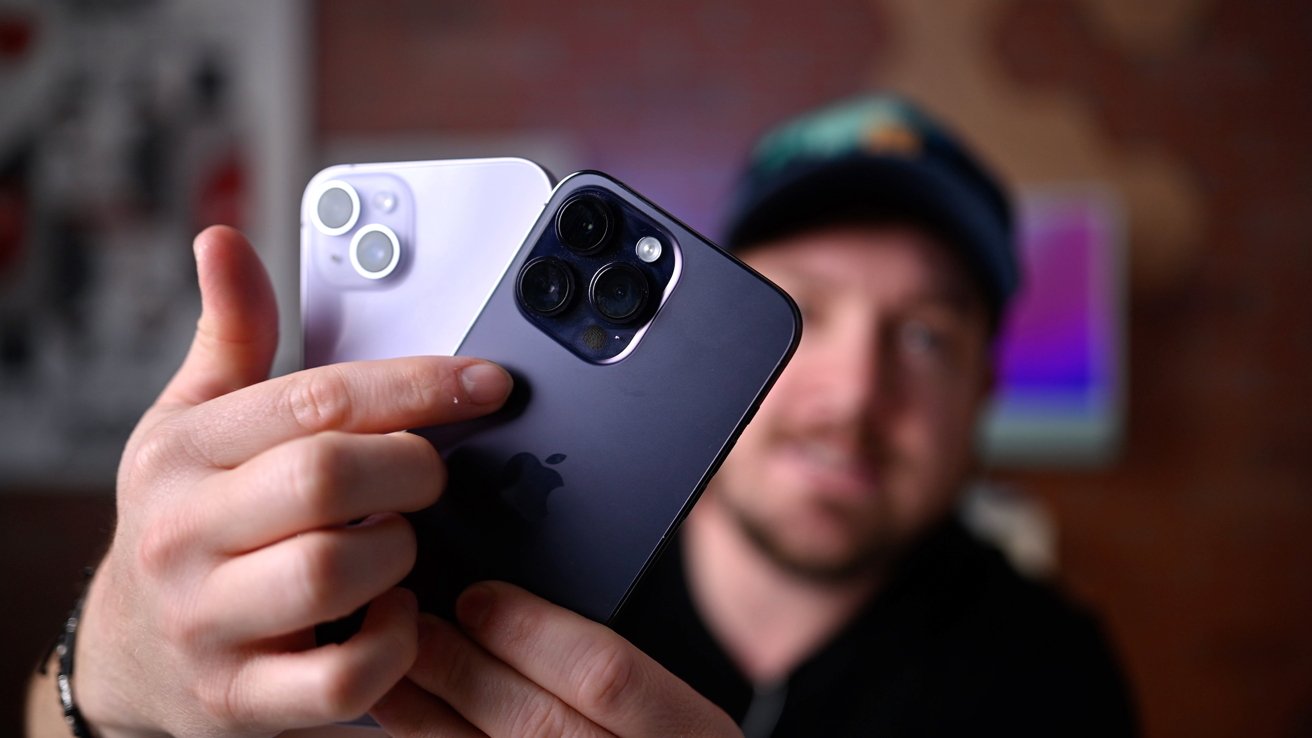
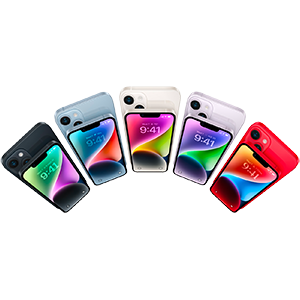
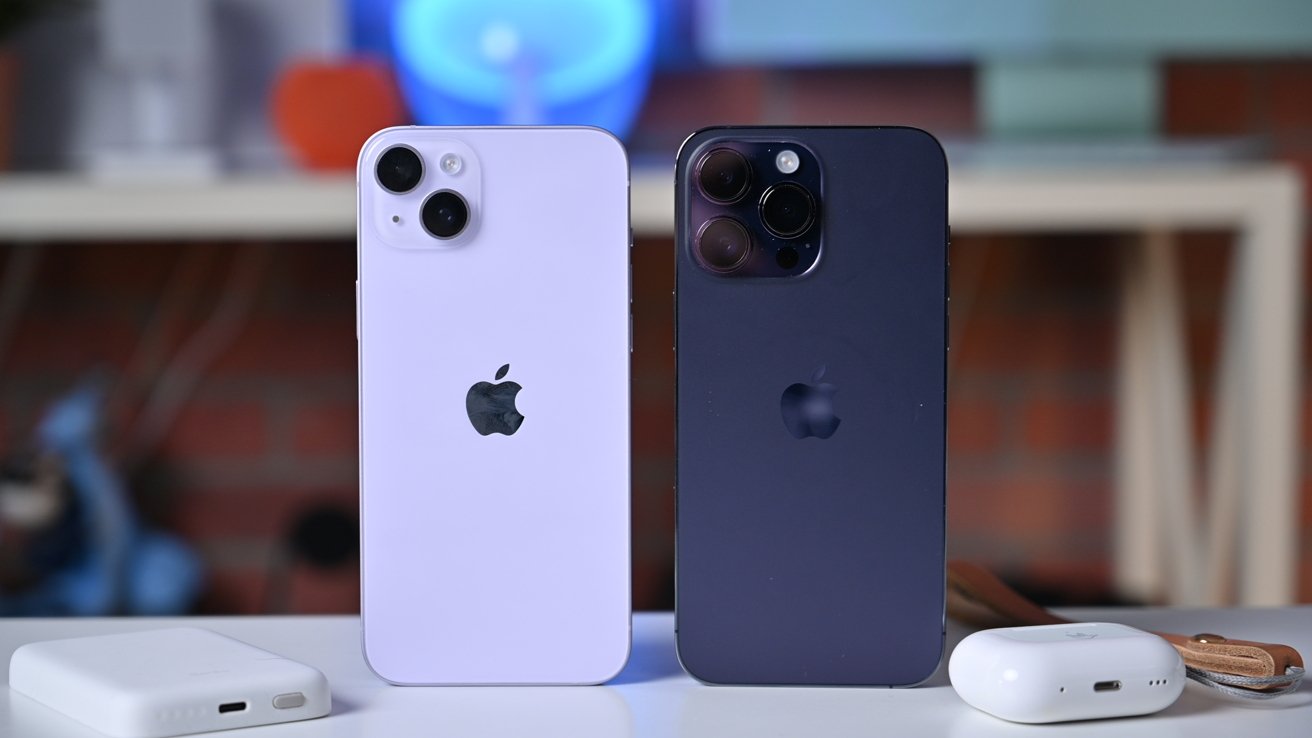
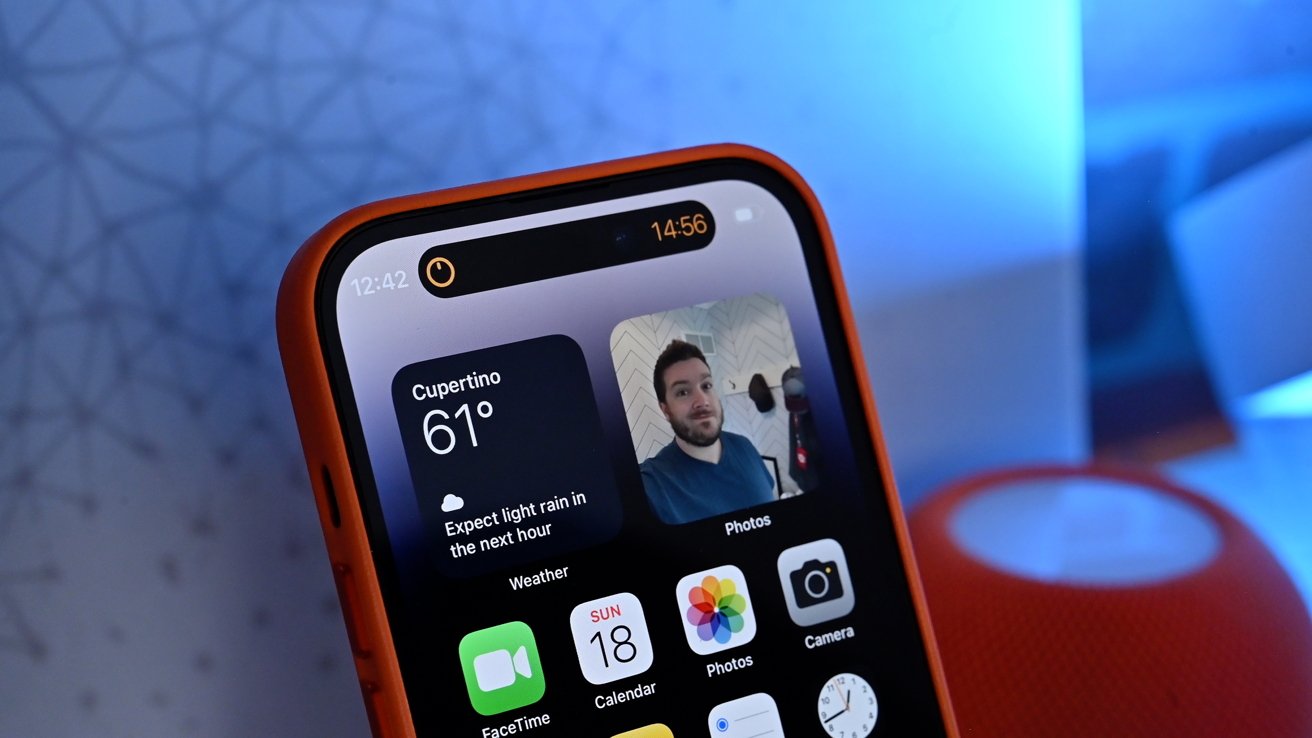
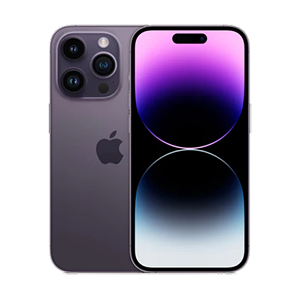
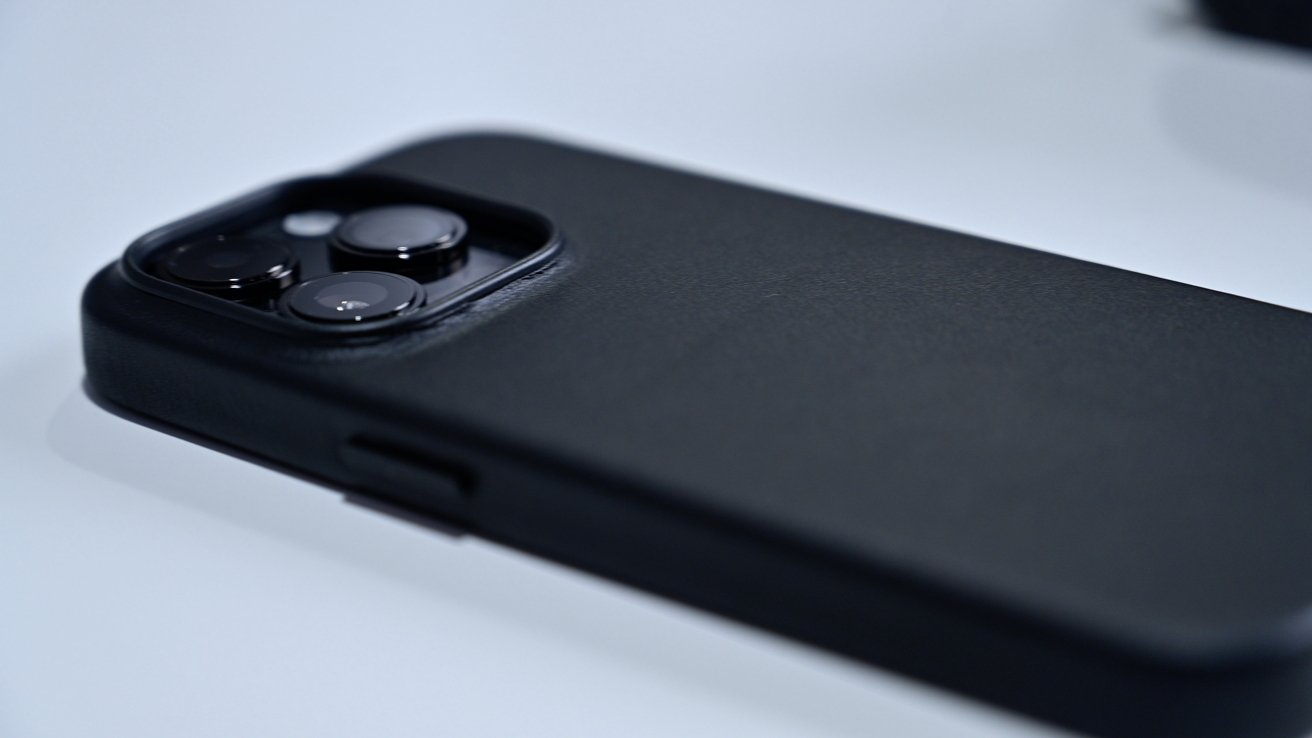
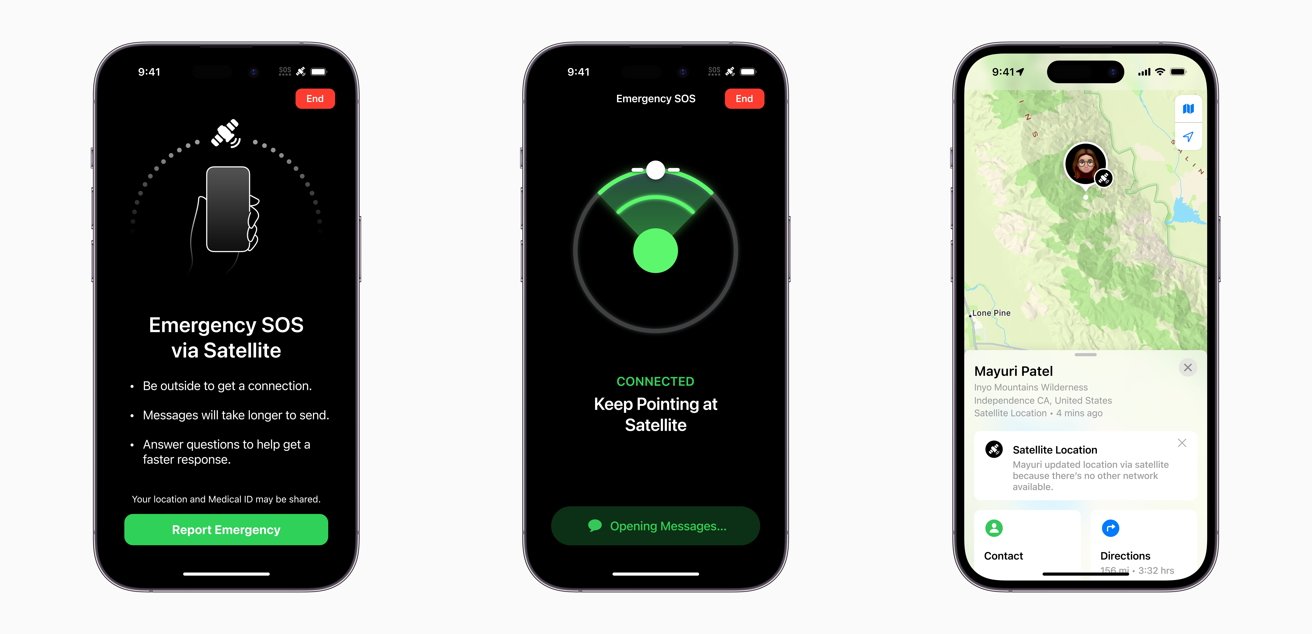
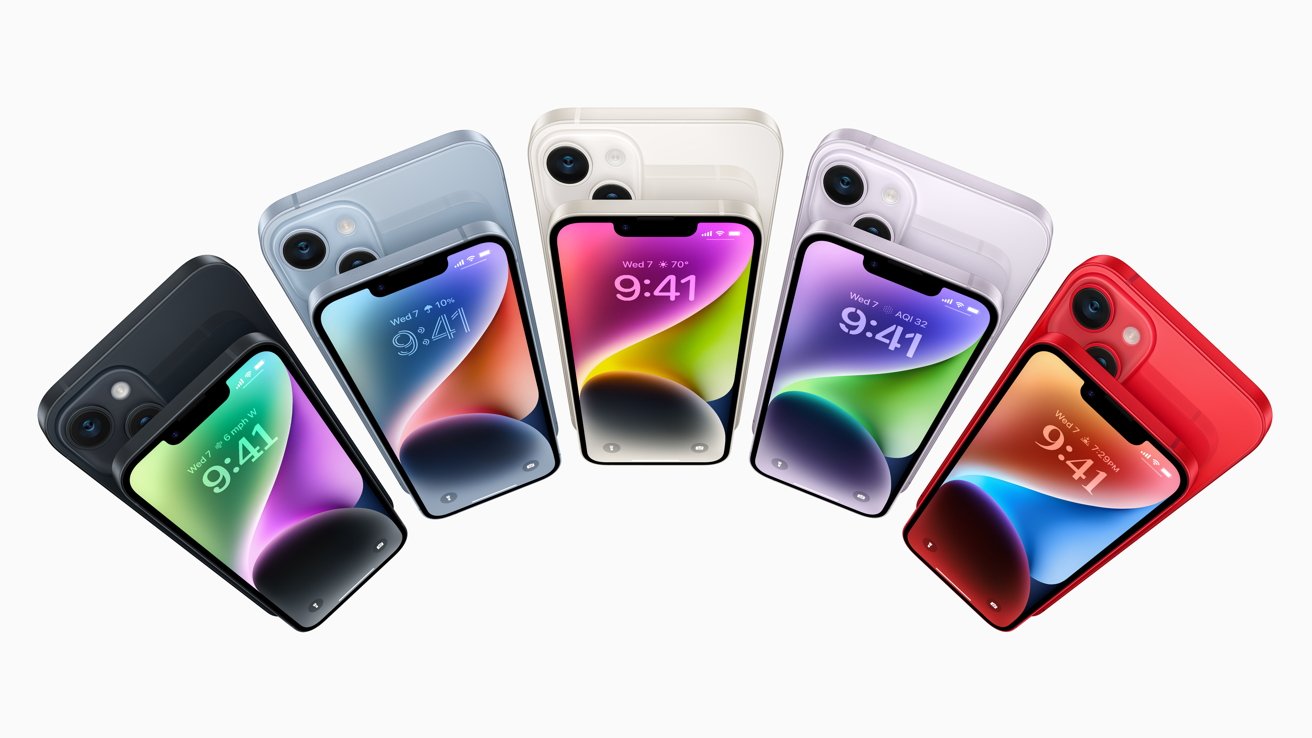







-m.jpg)






 Amber Neely
Amber Neely
 Andrew Orr
Andrew Orr

 Sponsored Content
Sponsored Content

 William Gallagher
William Gallagher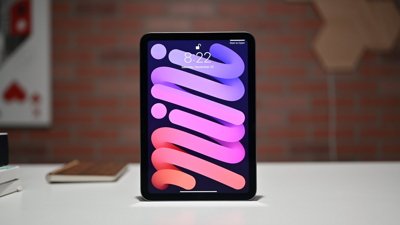
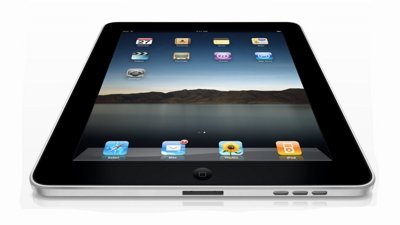







6 Comments
Is it possible to NOT have the display always on with the Pro? I seriously do not need that extra light on my nightstand at night or while the phone is in my pocket.
A better comparison would be the iPhone 13, still available in all capacities, and the nearly identical iPhone 14. Since both phones are nearly identical, why would anyone spend more for the 14? Of course the price difference between the Pro and regular model is so minimal, buying the 14 over the Pro is foolish too. Same thing happened with the 12 and 13 models. The price difference was only about $150 for the same capacities, so more people bought the Pro.
Just imagine an iPhone flip phone that does text and calling, that's it. Do I really need to swipe my phone to open it or look at it? As for the camera, the misses takes all the pictures of non-sense, if I want to take serious pictures/recordings of the misses, I'll bust out my Canon - While wearing my Presidential Rolex Watch and Gold CHAiNS - And upload it to the internet instantly.